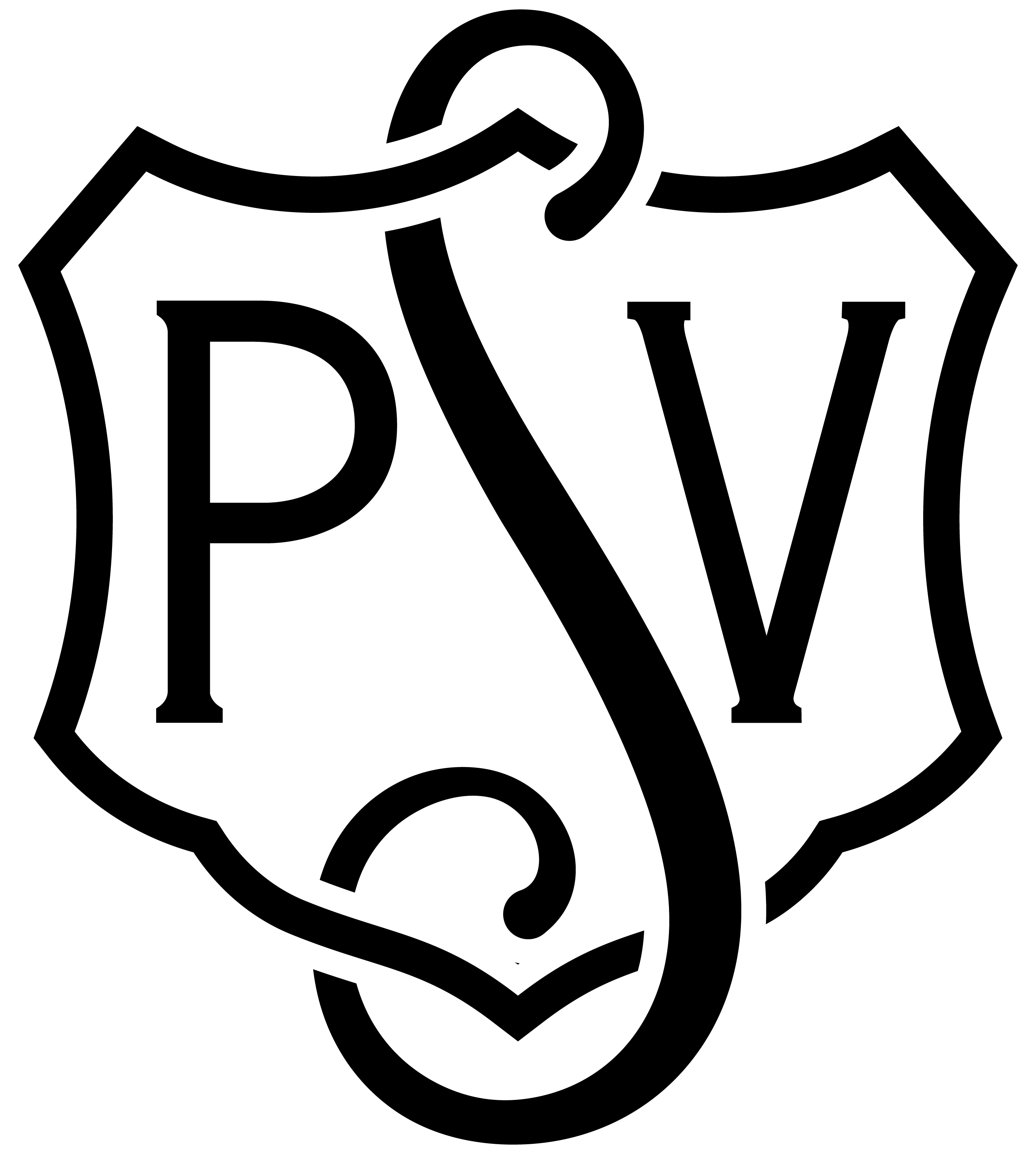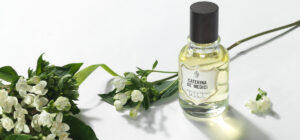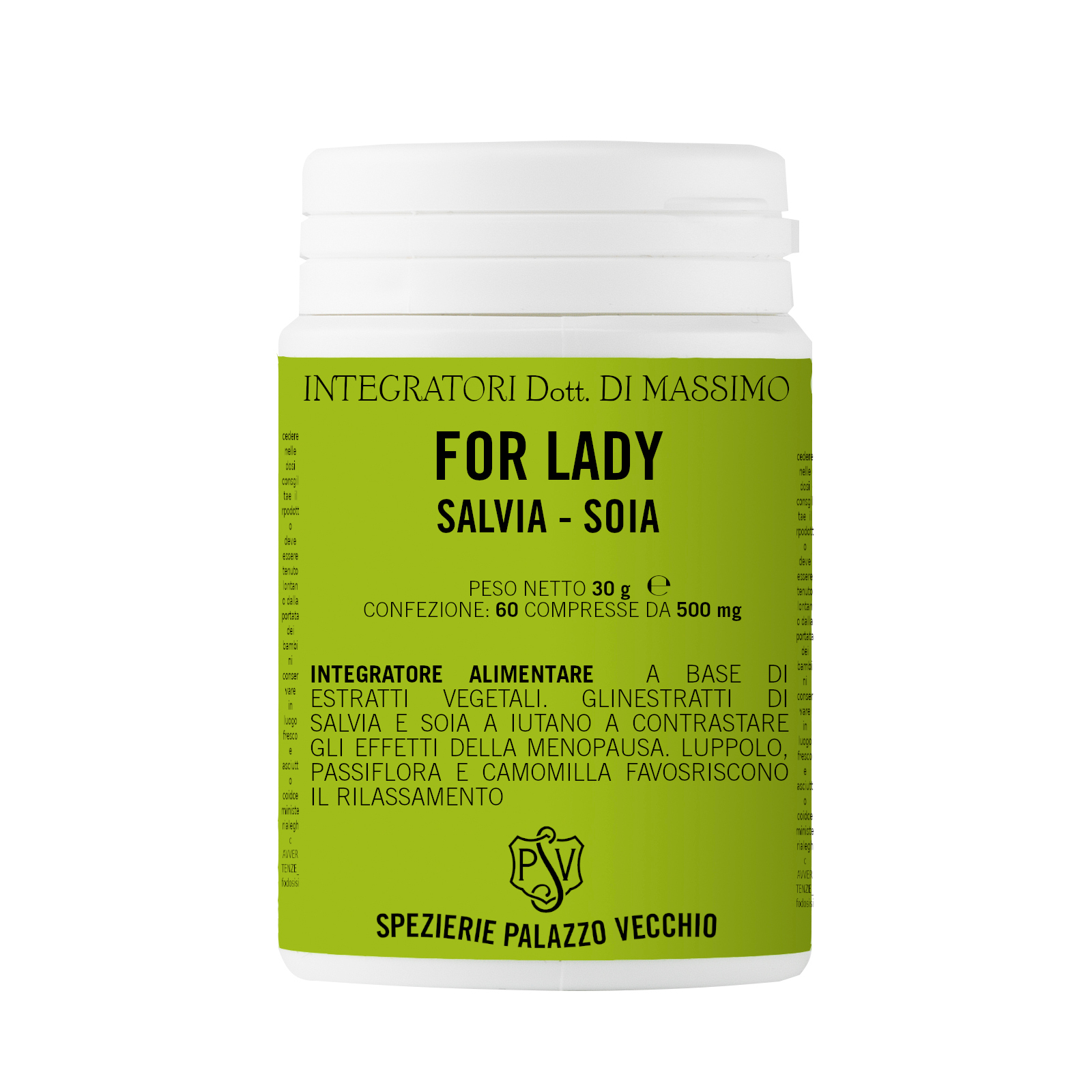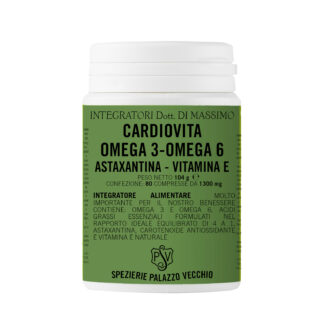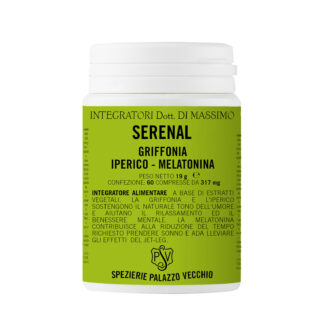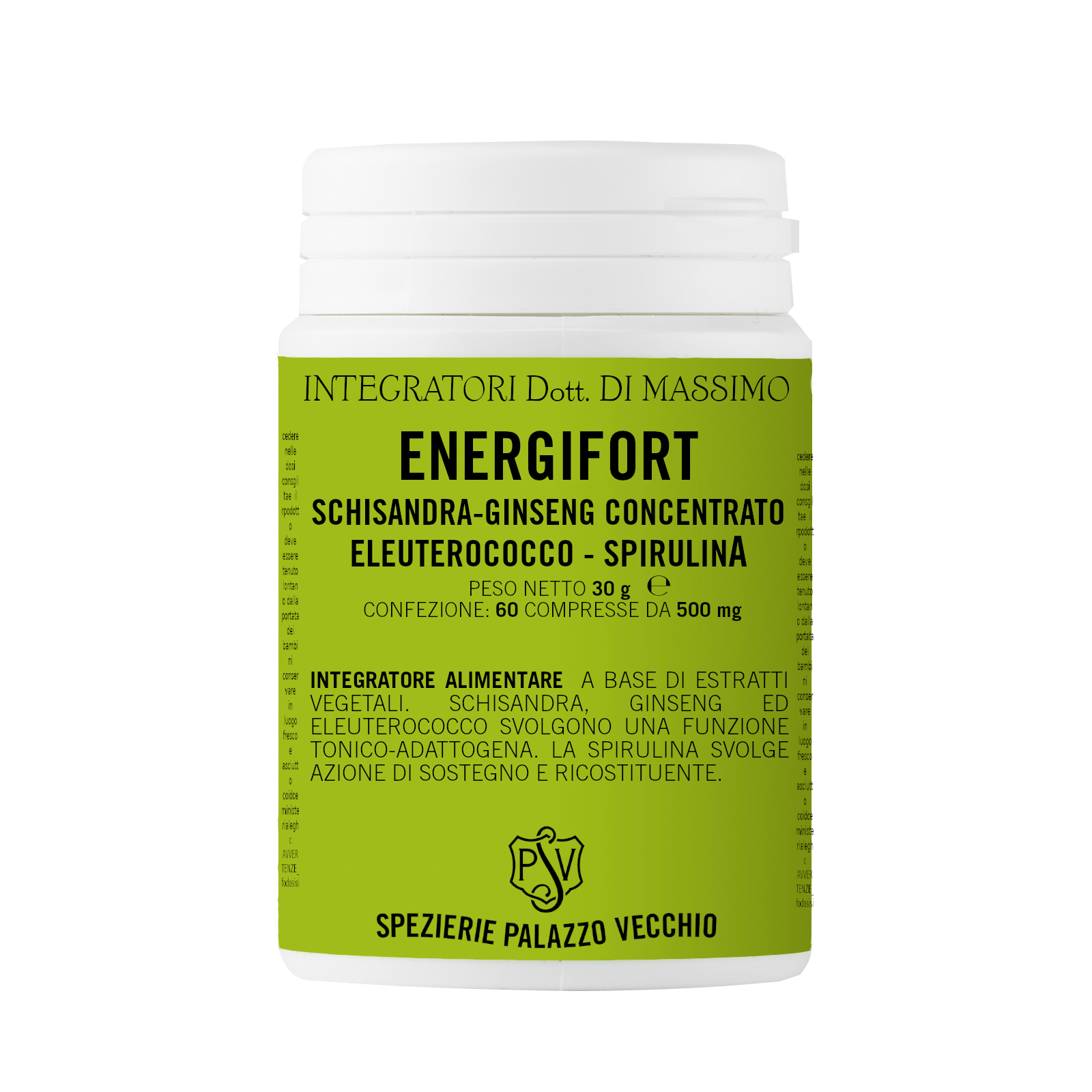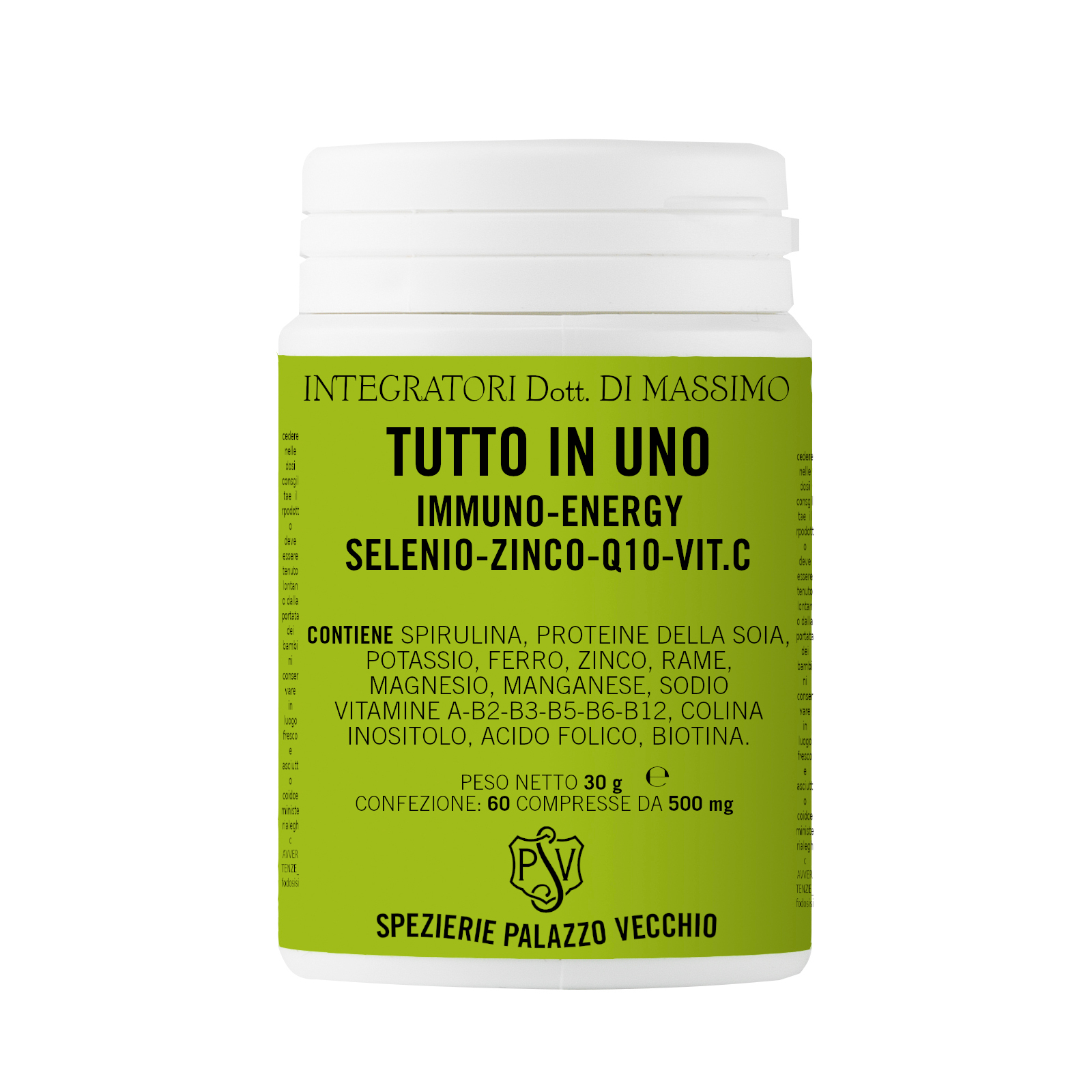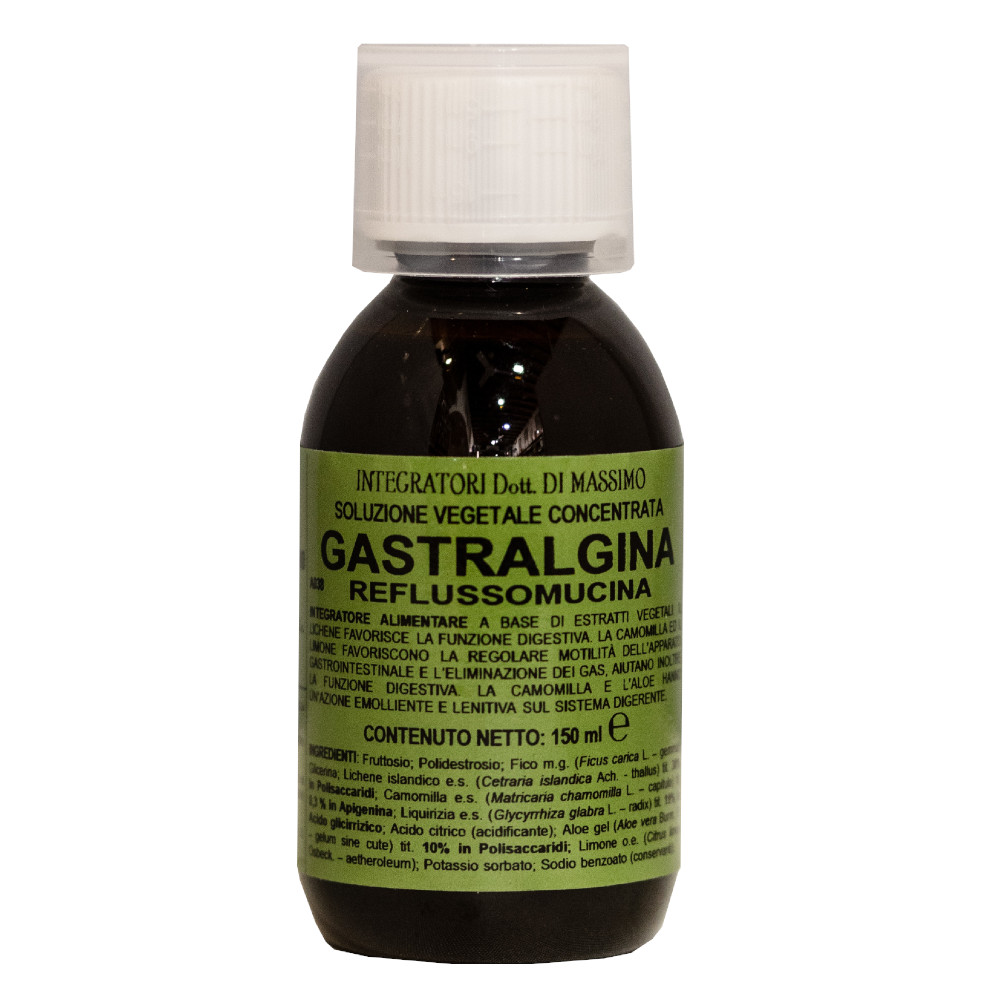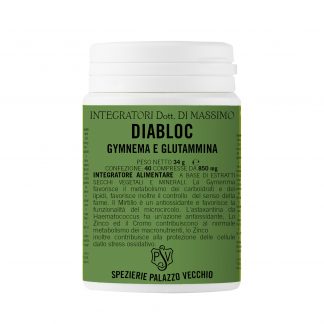| Active Ingredients and Disorders |
<div class="row" style="background-color: #f5f5f5;"> <div class="row"> <div class="col-sm-24"> <table id="" class="data-table" style="width: 100%;"> <tbody> <tr> <th class="label">THE ACTIVE INGREDIENTS CONTAINED IN THIS FOOD SUPPLEMENT ARE USEFUL IN CASE OF </th> </tr> <tr style="line-height: 20px;"> <td class="data"> <a href="/nutritional-supplements/menopause-and-mestrual-disorders">MENOPAUSE AND METSRUAL DISORDERS:irregular menstruation: amenorrhea, dysmenorrhea, oligomenorrhea </td> </tr> </tbody> </table> </div> </div> <div class="row"> <div class="col-sm-24"> <table id="" class="data-table" style="width: 100%;"> <tbody> <tr> <th class="label">ACTIVE INGREDIENTS AND MEDICAL PROPERTIES </th> </tr> <tr style="line-height: 20px;"> <td class="data"> <p><strong> <a href="/the-herbs-book/sage"> SAGE with 0,9% essential oil</a></strong>: it is rich in enzymes, vitamin B1 and C, and flavonoids, in particular ISOFLAVONES, which have an action similar to estrogen. </p> <p><strong> <a href="/the-herbs-booke/soy"> SOY PROTEIN </a></strong>: Soybean seeds contain 37% dry weight protein, as well as vitamins (A, B1, B2, D, E) and minerals. It also contains LECITIN, a complex of phospholipids, used to treat the cardiovascular system and to rebalance the cholesterol levels in blood: it allows both to rebalance the HDL / LDL ratio and the solubilization and transport of cholesterol in blood. Of great interest are ISOFLAVONES, molecules that mimic the action of estrogen (female hormones). Attention to these molecules arose from comparative studies on the diet of East Asian populations and Western feeding. Research has linked to the intake of soja a reduced risk of cancer (breast and prostate), cardiovascular diseases, atherosclerosis. Isoflavones also benefit to counteract menopausal disorders such as flushing: it has been shown that 70-80% of European women suffer from hot flushes compared to 14-18% of Asian women; moreover. Always in menopause Soja proves useful also to counter the onset of osteoporosis, caused precisely by lack of estrogen. (Tognolini, Principles of Pharmacognosy and Phytotherapy, 2007) </p> <p><strong> <a href="/the-herbs-book/hops"> HOP with 0,4% RUTOSIDE</a></strong>: The plant is known for its tranquilizing and light sedative properties. Of great interest is RUTOSIDE, a flavonoic glycoside titrated in the supplement at 0.4%. It acts on the vegetative nervous system and therefore helps with digestive disorders such as colic, spasms and pains. It also contains estrogens that make it useful when approaching menopause, for premenstrual syndrome and menstrual disorders. Hops regulates capillary permeability, has a protective effect on blood vessel walls and acts as an ANTIOXIDANT (In vitro antioxidant properties of rutin. Yang J et al. LWT 41, 1060-1066. 2008) </p> <p><strong> <a href="/the-herbs-book/passionflower"> PASSIONFLOWER with 4% VITEXINE</a></strong>: This plant owes its effect to FLAVONOIDS, including HYPEROSIDE. It promotes sleep and helps with all sleep disorders: awakening, difficulty falling asleep. It is also indicated for stress, nervousness and irritability. A 2001 double-blind study showed that, if taken for 30 days, passionflower reduces anxiety symptoms (Akhondzadeh et al., Passionflower in the treatment of generalized anxiety: a pilot double-blind randomized controlled trial with oxazepam, 2011 ). It also acts as an antispasmodic, so it relaxes smooth muscles and is useful in case of pain, intestinal spasms or cramps. </p> <p><strong> <a href="/the-herbs-book/cypress"> CYPRESS</a></strong>: albuli contain high amounts of TANNINS, substances with astringent power. These give the plant an action on the venous system where it determines a powerful vasoconstrictive action. It is used in case of hemorrhoids since it reduces venous swelling, pain and tenesmus. It is excellent for varicose veins and metrorrhagia, uterine pain or menopause disorders. </p> <p><strong> <a href="/the-herbs-book/chamomille"> CHAMOMILLE with 0,3% APIGENINE</a></strong>: Although known as a mild sedative, this plant actually has a strong anti-inflammatory activity on mucous membranes, given by the action of APIGENINE, a flavonoid. It completes its action thanks to two important properties: it is emollient, so it gives relief in case of irritation of the mucosa; it is spasmolytic, that is, it acts as a sedative of the vegetative nervous system, so it stops the contractions and pains of stomach and intestine. </p> </td> </tr> </tbody> </table> </div> </div></div>
|

